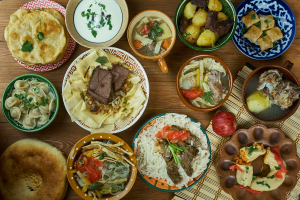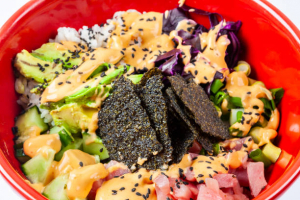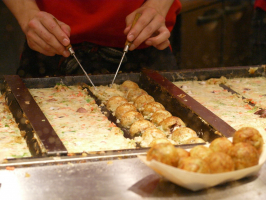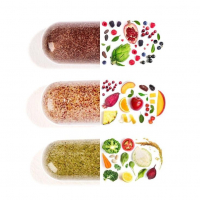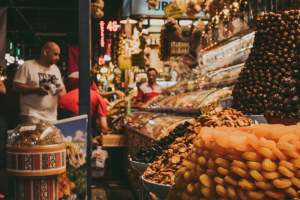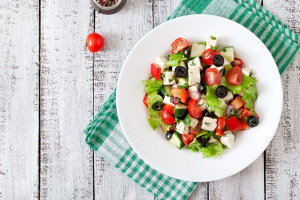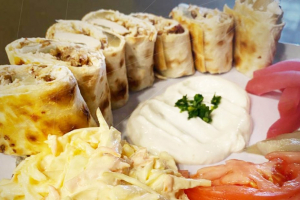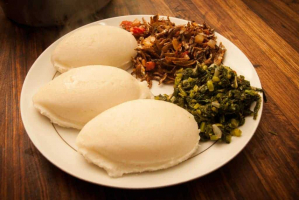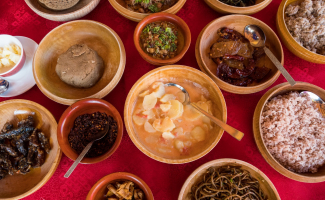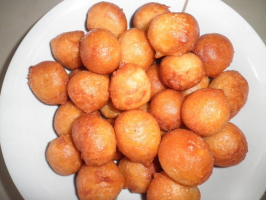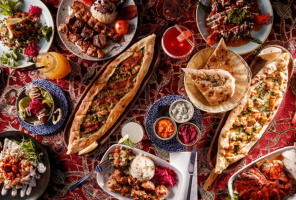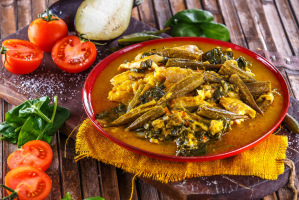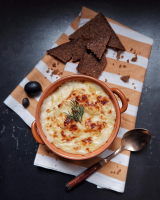Top 10 Best Kazakh Foods
The Kazakh national cuisine is a treasure trove of delectable meat and milk dishes. This country is one of the world's largest meat consumers, with each ... read more...Kazakhstani consuming 73 kilograms of meat per year on average. Furthermore, the meat utilized is frequently horse meat, which is strange for most people but quite normal for Kazakhs. After all, these people lived a nomadic existence for a long time, which was reflected in their food tastes. If you're planning a trip to Kazakhstan and want to sample the local food, Toplist hopes the list of the Top 10 Greatest Kazakh Cuisines can help.
-
Shelpek is a type of flatbread native to Kazakhstan. It is produced with flour, sugar, milk, salt, yeast or baking powder, and frying oil. When the dough is ready, it is divided into balls and rolled into a thin circle.
The disks are placed in hot oil and cooked until browned on both sides. Shelpek is especially important on Friday, the holiest day of the week in the Muslim faith, and the flatbread is prepared to remember those who have died. On Fridays, the holiest day of the week in Islam, seven or more shelpeks are traditionally distributed in Kazakhstan. They are presented to friends and neighbors, left in mosques, or made holy by reading The Koran. This practice of remembering the dead is shared by many Turkic peoples. When finished, these flatbreads are folded and served with cheese, jam, or sour cream, typically in the afternoon, with a cup of tea on the side.
This light and delicate flatbread goes well with a variety of stews and curries.
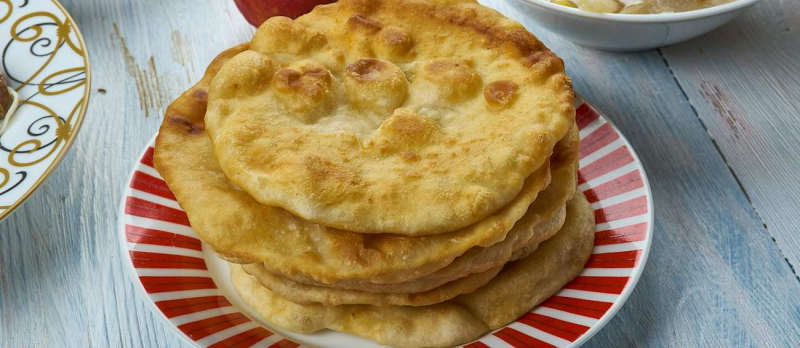
https://www.tasteatlas.com/ 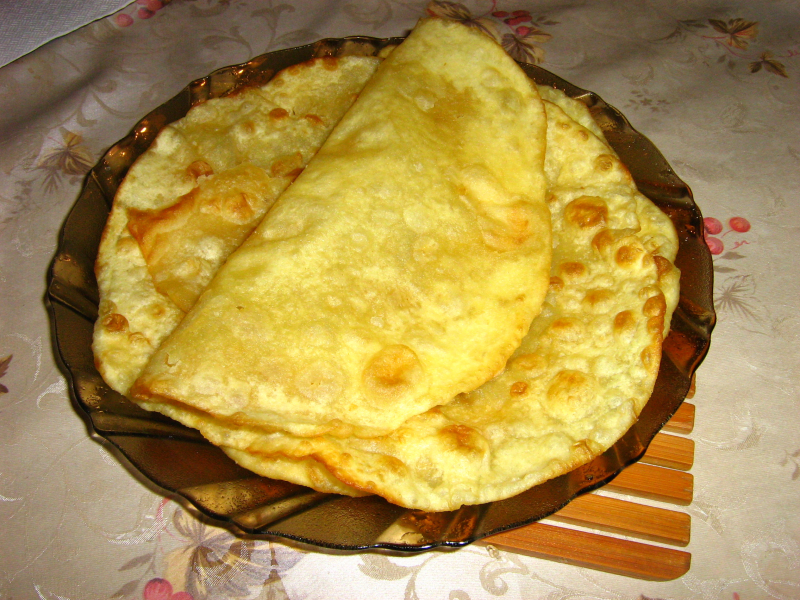
en.wikipedia.org -
Kurt is a hardened fermented ball of cheese that is a prime example of nomadic Kazakh cuisine. It's one of many fermented dairy products Central Asian herders have been making since the Middle Ages in order to establish a source of nutrition that can last many seasons on the road.
Soured milk from a sheep, mare, cow, goat, or camel is squeezed into soft curds and molded into small balls or disks before drying in the sun. This results in a portable high-calcium snack that can last for many seasons and endure long journeys.
Kurt is an extremely salty food that is best consumed in little amounts. It can also be broken into stews, soups, and salads, or dissolved in kumis or water to form shalap. It also makes excellent bar chow due to its high salt content.
Some Kazakhs joke that the strong salinity of kurt comes from rubbing it under someone's armpits. It's not the most beautiful image, but you get the point.
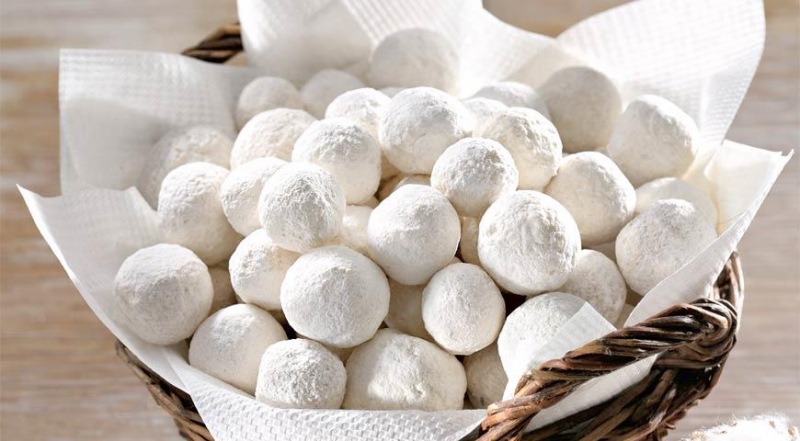
twitter.com 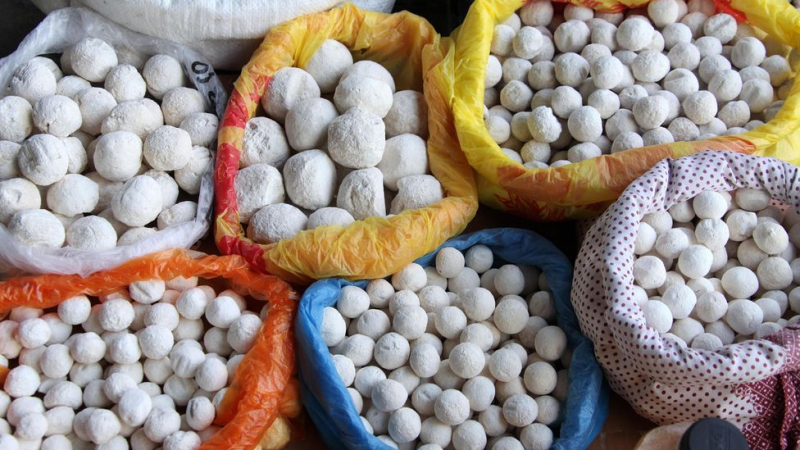
bbc.com -
Shubat is a fermented camel's milk drink. It's a Turkic beverage that's popular throughout Central Asia, especially in Turkmenistan (chal) and Kazakhstan, where it's a staple summer drink. To make, pour fresh camel's milk into a leather wineskin bag or ceramic jar with a prepared starter. The spoiled milk is left to ferment for a few days before being gently mixed until it reaches a thick, homogeneous consistency.
Shubat is said to have a plethora of health advantages. It's good for the digestive system and pancreas, and it's especially good for persons who suffer from anemia. When used topically, it is supposed to moisturize the skin while also nourishing it with vitamins, proteins, and minerals.
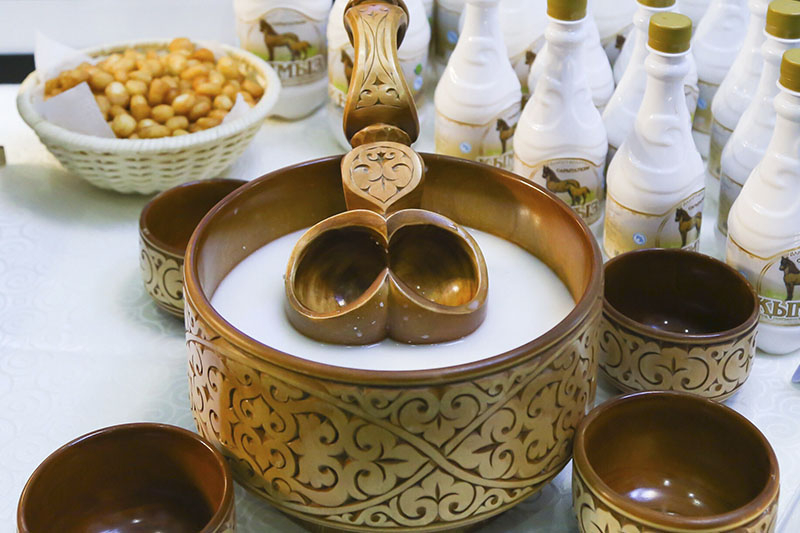
inform.kz 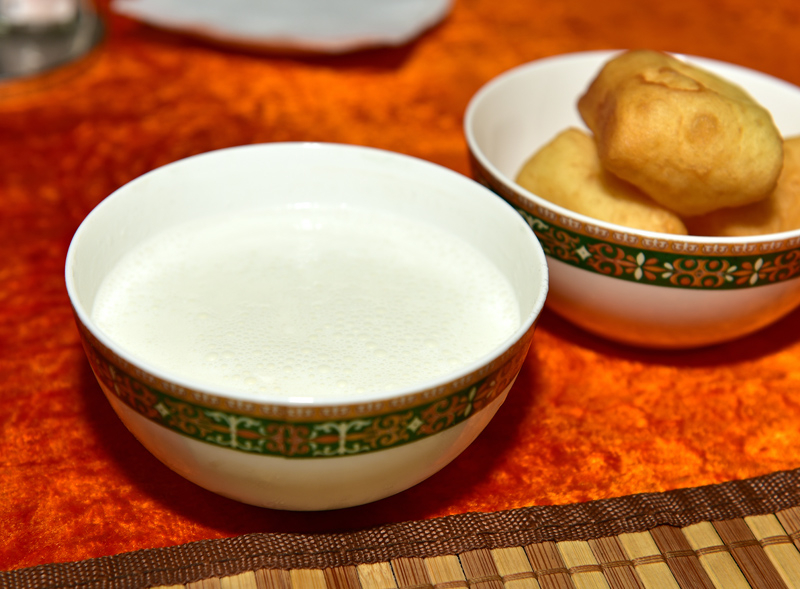
foodperestroika.com -
Kumis (also spelled koumiss or kumys) is a popular Kazakh beverage prepared from fermented mare's milk. For thousands of years, Turkic and Mongol nomads relied on it for refreshment and food.
Mare’s milk is naturally high in sugar and lactose. When ingested fresh, it has a strong laxative effect, but its high sugar content makes it easy to ferment. Fresh mare's milk would be held in vats until it acidified and generated alcoholic carbonation. Nomads would then transport the liquid in leather sacks and punch it from time to time to keep the kumis active.
Kumis has historically been a culturally significant drink for Central Asian nomads. It was common for nomads to invite friends and relatives to drink kumis at the start and end of each milking season. They exchanged the season's first and last kumis while exchanging blessings and well-wishes.
Kumis, like shubat, is well-known for its numerous health advantages. It is beneficial to the digestive and nervous systems and is reported to be effective in tuberculosis prevention. Mothers would even give their babies a milder version of kumis that was low in alcohol but not completely free of it.
Kumis used to have a larger alcohol content, but modern versions contain just about 2% alcohol. Commercial versions are now widely manufactured with fortified cow's milk, but kumis are still made in rural areas.
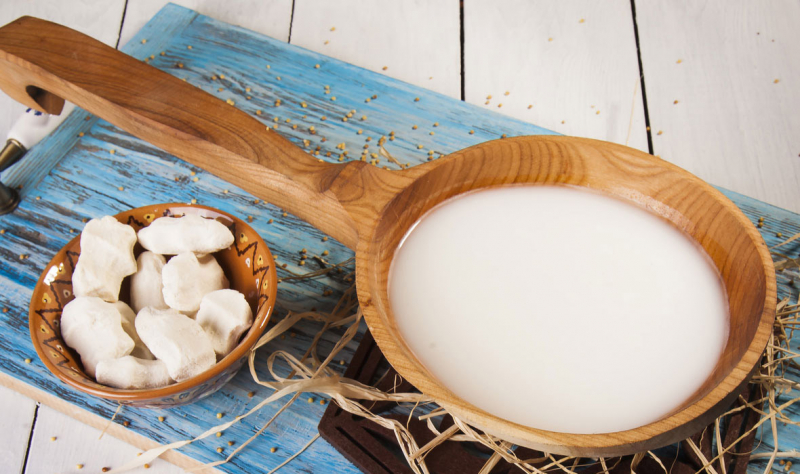
remotelands.com 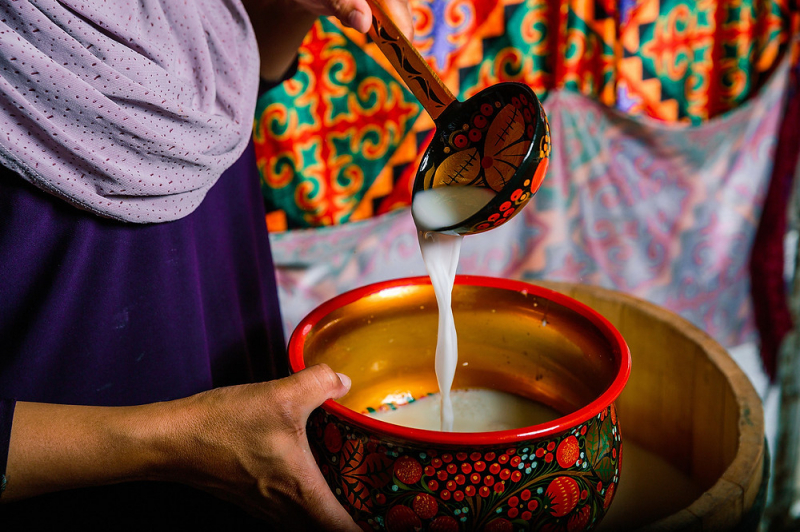
cocktailsforyou.net -
Tandyr nan is a disc-shaped bread popular in Kazakhstan and other Central Asian countries. It's simply a Central Asian variant of naan bread cooked in a tandyr (tandoor). It's known by a variety of names depending on where it comes from and how it's prepared, including tandir non, tonur non, patyr nan, and lepyoshka.
Tandyr nan, which is around the size of a dinner plate, is distinguished by its raised edge and ornamented indentation center. It can be served simple, with an egg enhanced on top, or coated with sesame or nigella seeds. Plain or seeded varieties are often consumed for morning, whilst heavier varieties are consumed for lunch or dinner with salads and meat dishes. Damdy nan, a smaller, more decorative variation, may be offered in Kazakh restaurants.
Despite its name, it's worth noting that the Kazakh version of tandyr nan isn't customarily cooked in a clay tandoor like it is in Uzbekistan. It was instead roasted between two metal pans in an oven or, more traditionally, over a dung fire. It's essentially a portable mini-oven designed for a nomadic existence.
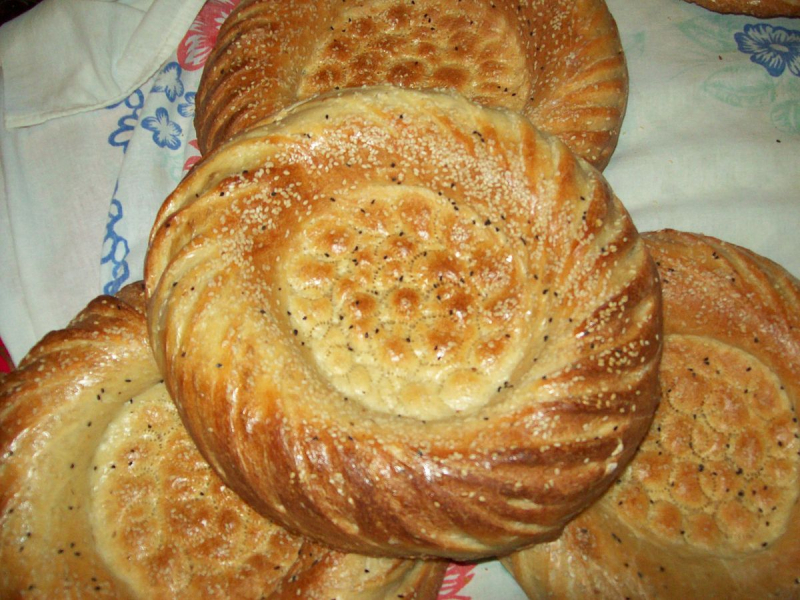
vi.wikipedia.org 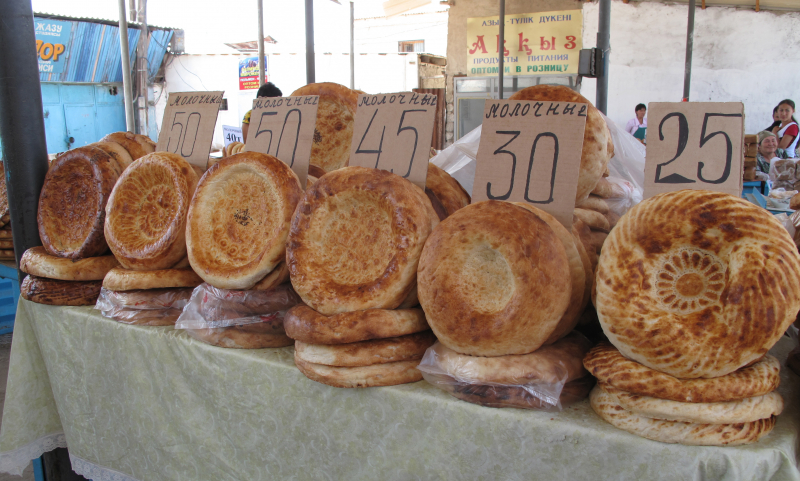
janelevi.com -
Baursak (or boortsog) are puffy, fried chunks of Kazakh bread. They're basically Central Asian doughnuts prepared from wheat, yeast, eggs, margarine, milk, water, sugar, salt, and vegetable oil. They're frequently served with tea and eaten as a dessert with sugar, honey, or butter, and are shaped into triangles or spheres.
As appetizing as they appear, baursak is not a common Kazakh meal. It is usually used for special occasions like as weddings and memorials. The perfume of the oil and frying baursak, according to mythology, travels into the skies so that your deceased loved ones might enjoy them with you.
On September 7, 2014, Almaty achieved a Guinness World Record for the most baursak ever created. To commemorate Mother's Day, 7 mother-in-law / daughter-in-law teams competed to cook 856 kilograms (1,887 lbs) of baursak.

tasteatlas.com 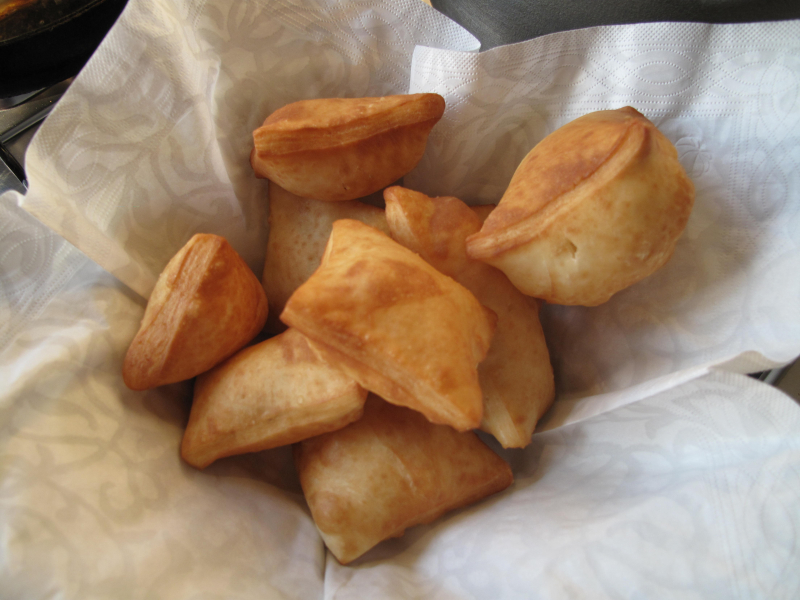
janelevi.com -
Manti is a type of dumpling that is popular in Turkic cuisine. It's popular in Central Asia, the South Caucasus, the Balkans, and beyond. Manti come in a variety of forms and sizes depending on where you live, but they're normally made with a spiced meat combination, usually ground lamb or beef, wrapped in thin dough and boiled or steamed. They resemble Mongolian buuz, Chinese baozi and jiaozi, Tibetan momo, and Korean mandu in appearance.
The exact origins of manti are unknown, however the best theories claim it may have originated in the Mongol Empire's lands. Others attribute it to the Uyghur people of northwest China, while others claim it originated in the Middle East.
Manti is frequently filled with minced lamb in Kazakhstan and Kyrgyzstan, but it can also be filled with beef or horse meat.
Typically, the minced beef is seasoned with black pepper and combined with chopped pumpkin or squash. It's traditionally served with butter, sour cream, and an onion or garlic sauce, but when sold as street food, it's usually topped with fiery red pepper powder.
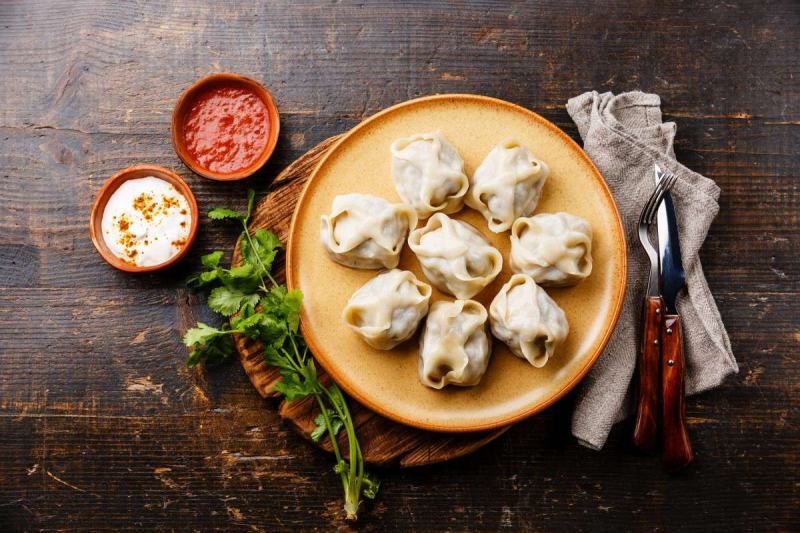
foodtempel.com 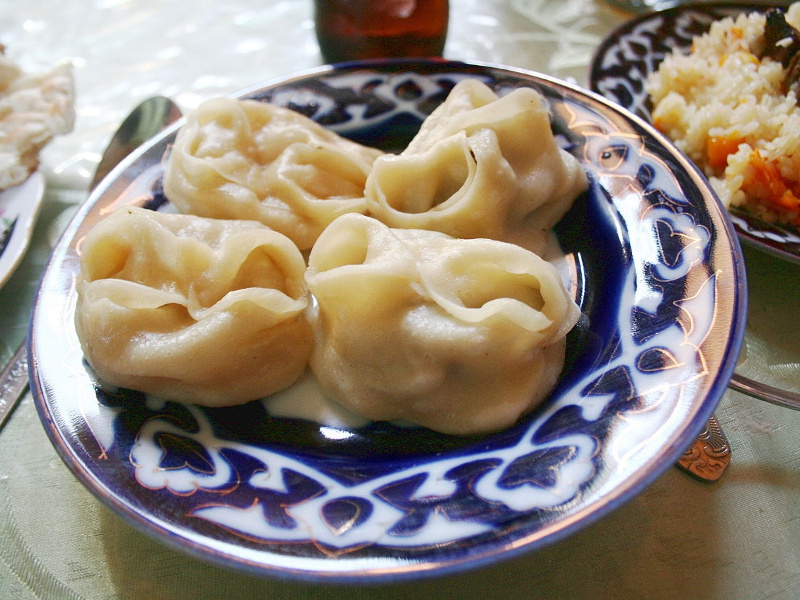
whats4eats.com -
Lagman is a hand-pulled Uyghur noodle dish cooked with meat – typically lamb, goat, or beef – and other vegetables such as bell peppers, tomatoes, onions, green beans, garlic, and potatoes. It is widespread in Central Asia and northwestern China, where it is known by many names such as laghman, lag'mon, and lengmen.
Lagman is extremely popular in Kazakhstan and Kyrgyzstan, where it is considered a national dish of the ethnic minority Uyghur and Dungan. Because no native Turkic words begin with the letter "L," it is assumed that the name lagman is derived from the Chinese "lamian," despite the fact that its taste and preparation are entirely Uyghur. This appears to imply that the dish originated in the Xinjiang Uygur Autonomous Region (XUAR) in northwestern China, however Bukharian Jews also claim ownership.
Lagman is available in a variety of forms throughout the region, including soup, stew, and stir-fry. Stir-fried lagman is one of the most popular variants of the meal in Kazakhstan.
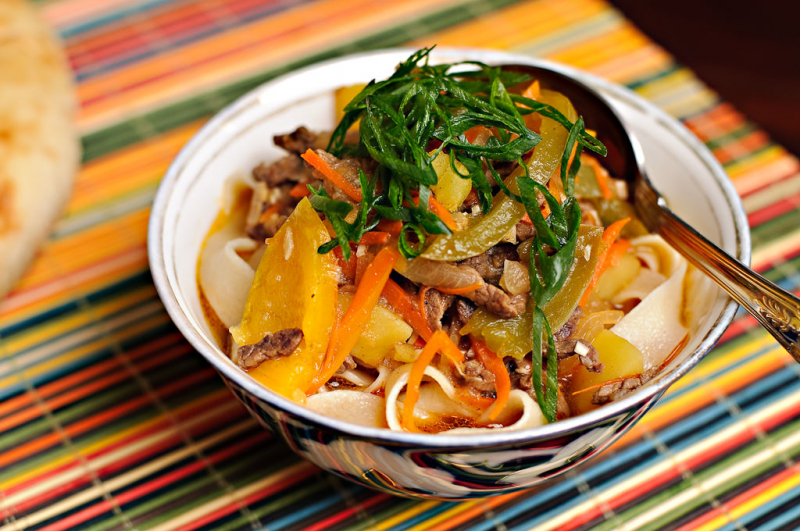
arbuz.com 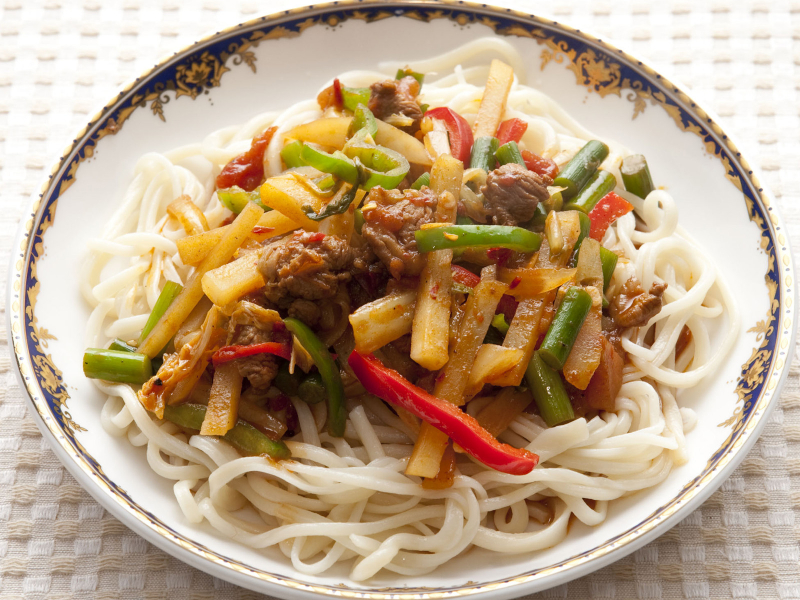
jv.wikipedia.org -
Kazakhstan's national dish is beshbarmak. It is made up of boiling beef, thin pasta sheets, and a sauce (chyk) made of onions, meat broth, salt, and pepper. The most common meats are horse and mutton, but beef can also be utilized.
One of the most culturally significant Kazakh cuisines is beshbarmak. Even the way it is served is governed by ceremony (ustukan). When an animal is slaughtered in honor of a guest, the host offers the various slices of meat to guests based on their age, gender, and social standing. The nicest slices of meat are always presented to the elderly and esteemed guests. For example, the thigh bone (jambash) is given to the oldest men, while the tailbone is given to the oldest and most esteemed ladies (kuiruk or kuymulchak). The smaller bones are designated for the housewife's daughter-in-law. Younger adults receive the animal's legs and shoulders, while children receive the animal's spine (omurtka).
The head (bash), one of the nicest portions of the animal, is given to the guest of honor or the eldest or youngest male, who cuts pieces from it and distributes them to others. Other sections of the animal, such as the shin bones, femur, and ribs, are also divided according to tradition.
Beshbarmak is a national dish of Kazakhstan and Kyrgyzstan, but it is popular throughout the area. It is also known as naryn, turama, dograma, tullama, and khorkhog. The word beshbarmak literally translates to "five fingers," referring to how nomadic people used to eat the dish with their hands.
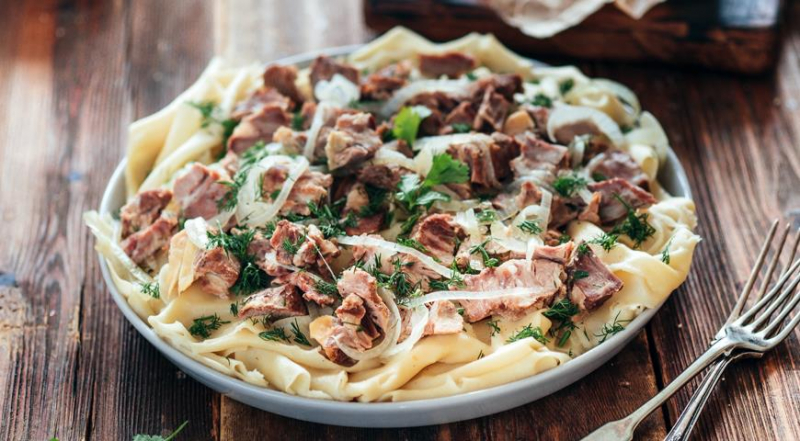
tastethediversity.com 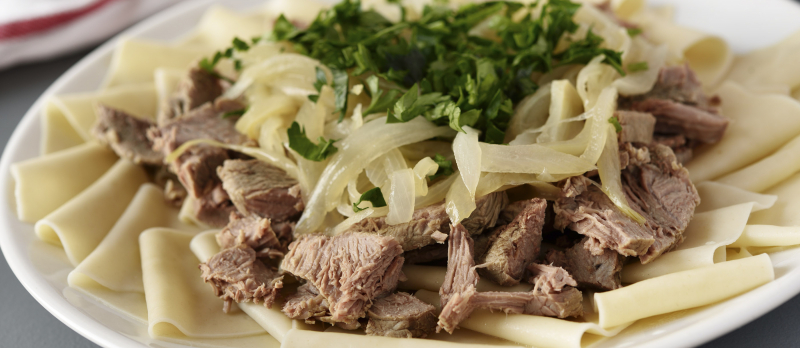
tasteatlas.com -
Kazy (or qazi) is a type of horse meat sausage popular in Central Asian countries such as Kazakhstan, Kyrgyzstan, and Uzbekistan. It's traditionally prepared from the flesh and fat of the animal's ribcage.
To prepare, the horse's ribs are hung to dry for many hours with the meat still attached. After the flesh has been thoroughly drained of blood, it is seasoned with garlic, pepper, and salt before being put into the animal's cleaned and brined intestines. The sausages are then either smoked for several hours or dried for a week in an area exposed to wind and direct sunlight.
The sausage can be purchased raw or mildly smoked, and it is normally boiled and sliced before consumption. Although kazy is typically served as an appetizer, it can also be included into a variety of cuisines. Before serving, Kazy is boiled and sliced. It can be served cold as an appetizer or included into other Kazakh dishes such as beshbarmak.
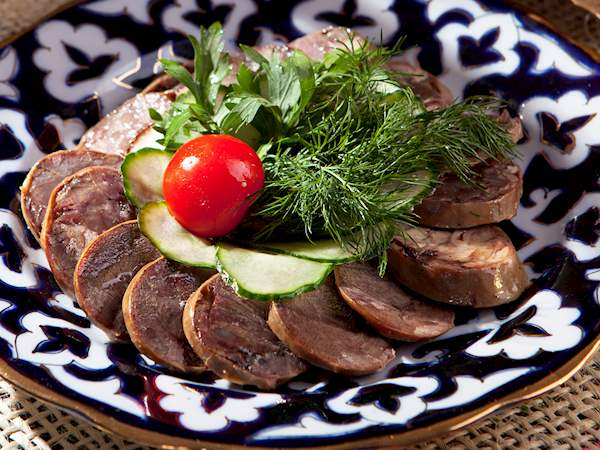
tasteatlas.com 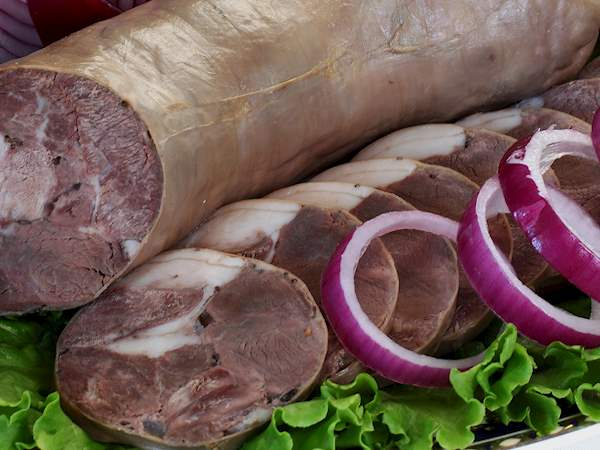
tasteatlas.com













